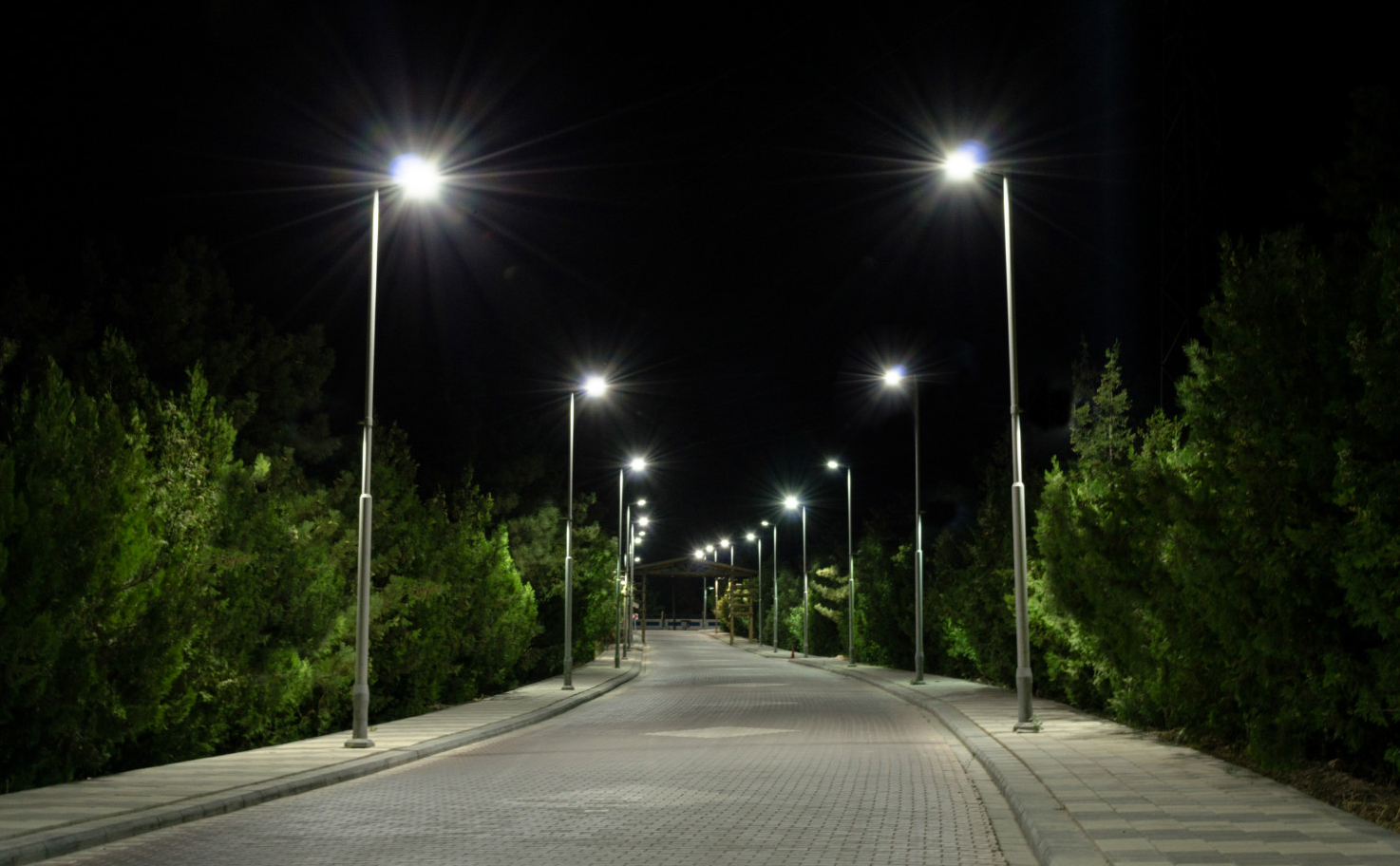The Role of Street Light Manufacturers in Urban Development
Street lighting is a critical component of urban infrastructure, enhancing safety, security, and aesthetics in public spaces. As cities grow and evolve, the demand for efficient and innovative street lighting solutions has increased, leading to a thriving industry of street light manufacturers. These manufacturers play a pivotal role in designing, producing, and supplying lighting solutions that meet the diverse needs of urban environments.
Understanding the Importance of Street Lighting
Effective street lighting serves multiple purposes. Primarily, it enhances safety for pedestrians and drivers alike by illuminating roadways, sidewalks, and public spaces. Well-lit areas deter criminal activity, contributing to overall community safety. Furthermore, street lighting plays a crucial role in improving visibility during adverse weather conditions, thereby reducing the likelihood of accidents.
Beyond safety, street lighting contributes to the aesthetic appeal of cities. Thoughtfully designed lighting can highlight architectural features, enhance landscaping, and create inviting public spaces that foster community engagement. As cities prioritize sustainable development and smart infrastructure, the role of street light manufacturers has become even more significant.
Innovations in Street Lighting Technology
The evolution of street lighting technology has been rapid and transformative. Traditional incandescent and fluorescent lights are increasingly being replaced by energy-efficient LED technology. Street light manufacturers are at the forefront of this transition, developing LED solutions that consume less energy, have longer lifespans, and require less maintenance. These benefits not only reduce operational costs for municipalities but also contribute to environmental sustainability by lowering carbon emissions.
Additionally, smart street lighting systems are gaining traction. These systems utilize sensors and IoT (Internet of Things) technology to optimize energy usage based on real-time conditions. For example, lights can dim during low-traffic hours or brighten when pedestrians are detected, further enhancing energy efficiency. Street light manufacturers are integrating these technologies into their products, enabling cities to create smarter, more responsive lighting networks.
The Market Landscape for Street Light Manufacturers
The market for street light manufacturers is diverse and competitive, comprising a mix of established companies and emerging startups. Leading manufacturers often have a global presence and extensive portfolios that include various lighting solutions, from traditional street lights to advanced smart lighting systems. These companies invest heavily in research and development to stay ahead of industry trends and meet the evolving demands of urban environments.
Emerging manufacturers are also making their mark by focusing on niche markets or specific technological advancements. For instance, some companies specialize in solar-powered street lights, catering to cities seeking sustainable and cost-effective lighting solutions. This variety in the market allows municipalities to choose products that align with their specific needs, budgets, and sustainability goals.
Key Players in the Street Light Manufacturing Industry
Several key players dominate the street light manufacturing industry. Established companies such as Philips, GE Lighting, and Osram have long been recognized for their innovative lighting solutions. These firms leverage their extensive experience and resources to develop advanced technologies that enhance urban lighting.
In recent years, companies like Signify (formerly Philips Lighting) have been leading the charge in smart lighting innovations, incorporating IoT capabilities and energy management solutions. Other manufacturers, such as Acuity Brands and Cree, are also recognized for their commitment to sustainability and technological advancement.
Additionally, new entrants and regional players are contributing to the industry’s dynamism. Companies that focus on localized manufacturing and tailor solutions to specific regional requirements can offer unique advantages, fostering competition and innovation.
Challenges Faced by Street Light Manufacturers
Despite the promising growth prospects, street light manufacturers face several challenges. Rapid technological advancements necessitate continuous investment in research and development. Manufacturers must stay abreast of emerging technologies, regulatory changes, and evolving customer preferences to remain competitive.
Supply chain disruptions have also become a concern, particularly in the wake of global events that have impacted manufacturing and logistics. Fluctuations in raw material prices can affect production costs, leading to challenges in pricing and profitability.
Moreover, as cities increasingly adopt smart city initiatives, manufacturers must navigate the complexities of integrating their products into existing urban infrastructure. Collaborating with city planners, utility companies, and technology providers is essential for successful implementation.
Future Trends in Street Lighting
The future of street lighting manufacturing is poised for exciting developments. The integration of smart technologies will continue to be a significant trend, with manufacturers focusing on developing connected lighting solutions that enhance city operations and improve public safety. As urban areas seek to optimize energy consumption, manufacturers will play a crucial role in advancing energy-efficient lighting technologies.
Sustainability will remain a driving force in the industry. Street light manufacturers will increasingly prioritize eco-friendly materials and energy sources, including solar and wind-powered solutions. This focus on sustainability aligns with global efforts to combat climate change and create greener cities.
Additionally, the growing emphasis on data-driven decision-making will influence product development. Manufacturers will need to create lighting systems that not only illuminate but also collect and analyze data related to traffic patterns, pedestrian movement, and environmental conditions. This data can inform city planning and improve overall urban living.
Conclusion
Street light manufacturers are integral to the development and enhancement of urban environments. As cities face the challenges of growth, safety, and sustainability, these manufacturers provide innovative lighting solutions that improve public spaces and foster community well-being. By embracing technological advancements and focusing on sustainability, street light manufacturers will continue to play a vital role in shaping the future of urban infrastructure. As cities evolve into smarter, more connected environments, the contributions of these manufacturers will be essential for ensuring safety, efficiency, and aesthetic appeal in public spaces.







Post Comment